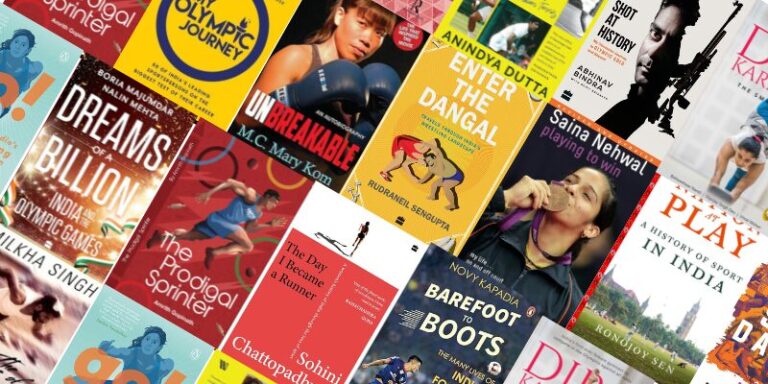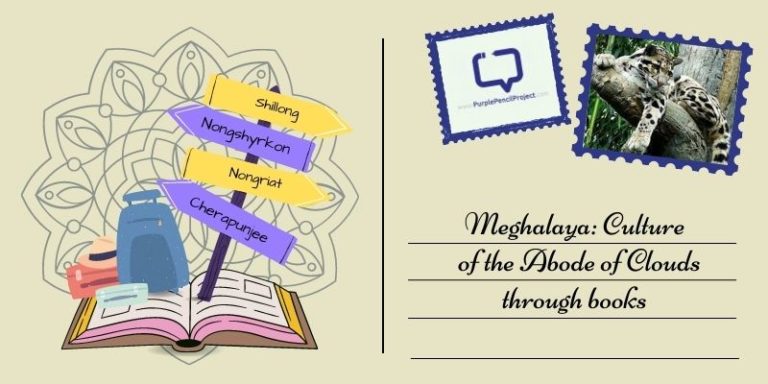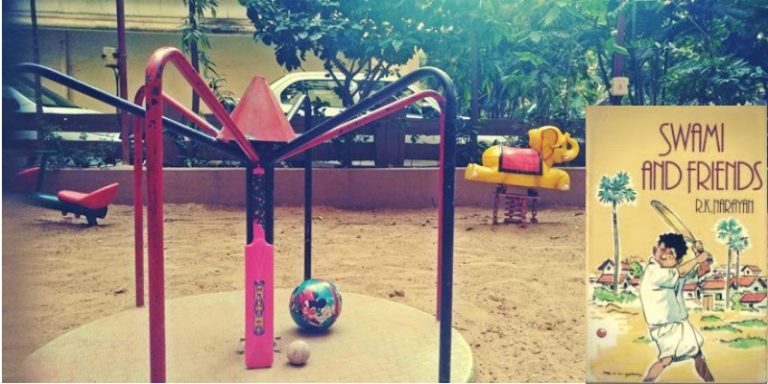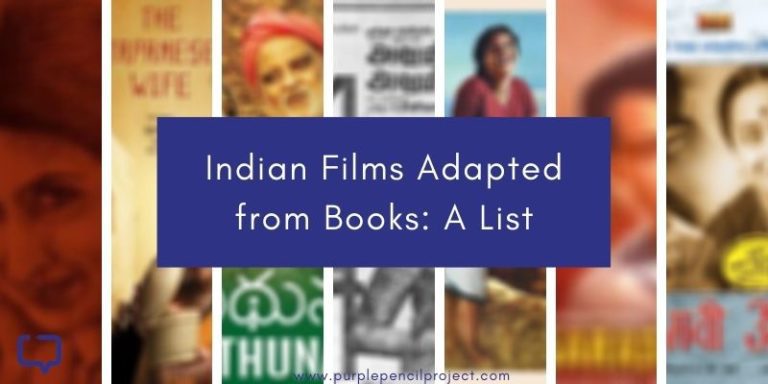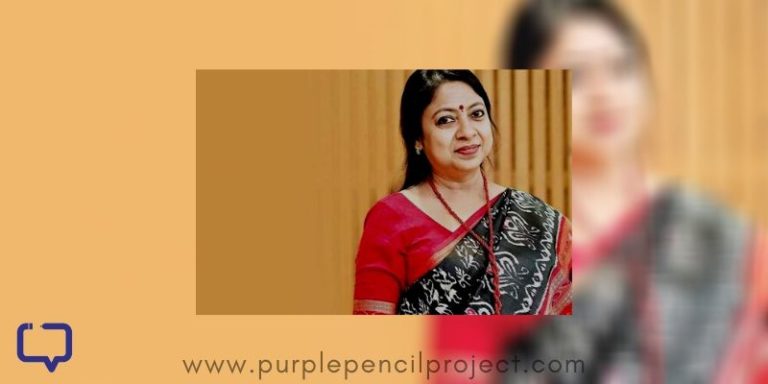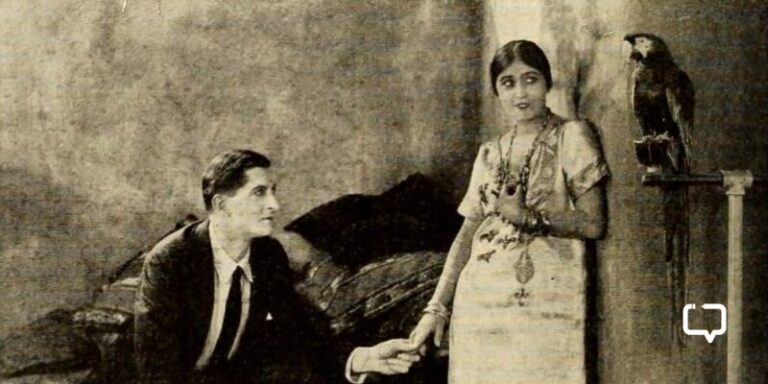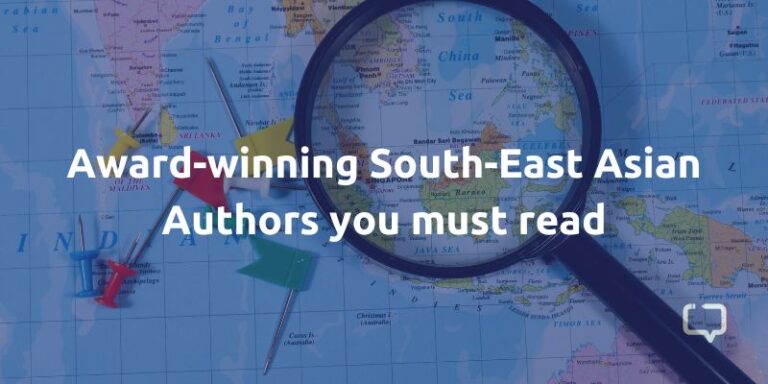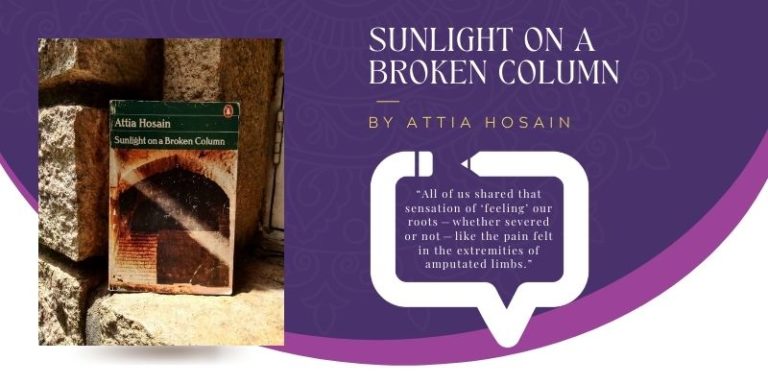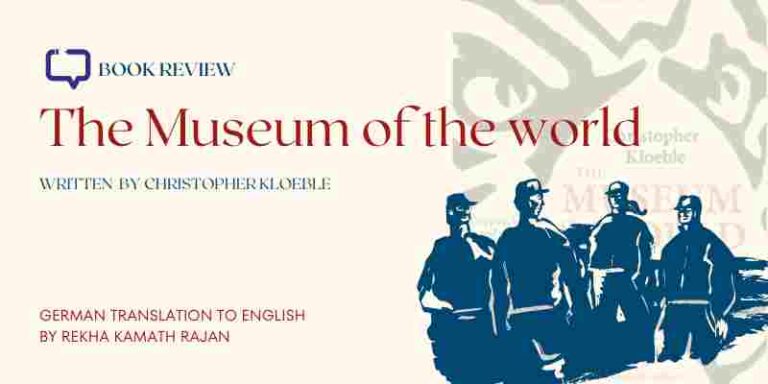Pooja Singh reviews The Legends of Khasak by O.V. Vijayan (published by Penguin Modern Classics, 2008).
Malayalam literature’s vision to bring the narratives of the marginalized into the centre reflects its leanings towards communist ideals and provocative voices to advocate for social justice. Writers like Thakazhi Sivasankara Pillai, Vaikom Muhammad Basheer, O.V. Vijayan, and Thoppil Bhasi have produced texts such as You Made Me a Communist, which are overt and clear in their ideological leanings.
Recommended Reading: Kerala: From the Library of God’s Own Country
O.V. Vijayan’s vision is to communicate the critique of the traditional beliefs in rural India and question whether traditional norms are political. In the novel The Legends of Khasak, Vijayan discusses an important question: if society is responsible for building a tradition, shouldn’t society’s norms be flexible enough to accommodate its people?
Modernity and Liberalism: Exploration of Societal Norms in The Legends of Khasak
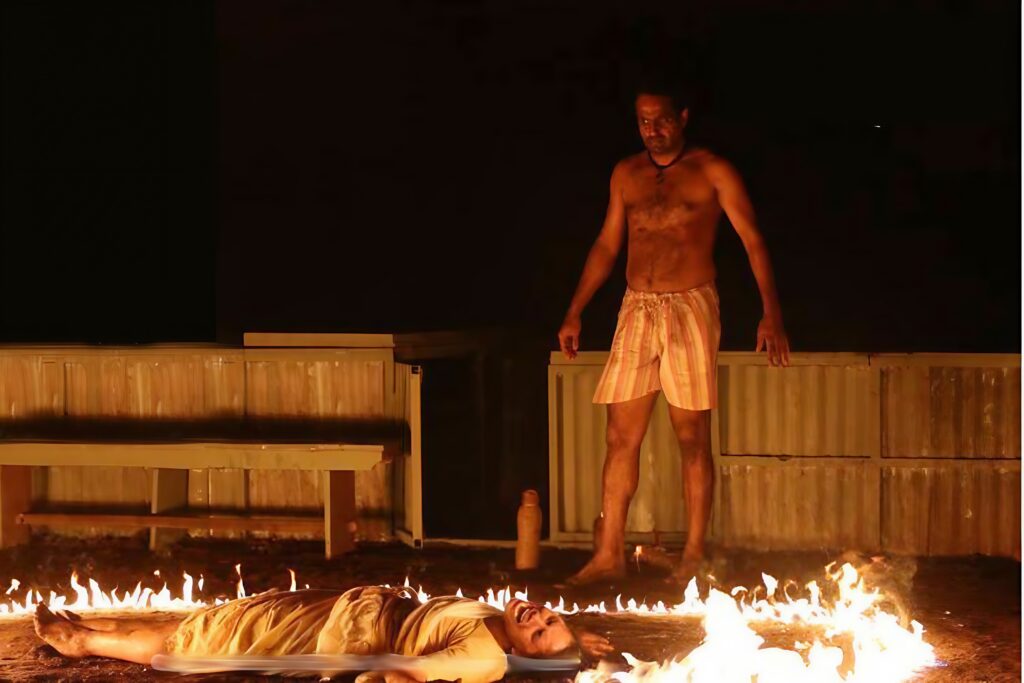
The Legends of Khasak centres around Ravi, a dignified, educated man who leaves his tormenting past behind to navigate his life in rural India. He starts a single-handed school where he is the teacher, and as the plot progresses, the novel deals with existential ideas mixed with conflicts of modernity and liberalism.
O.V Vijayan, novelist and cartoonist, is interested in inquiring about the irrationalities of caste, God, wars, and what nationality means to people when they are confronted with the task of existence. The Legends of Khasak has Ravi as its protagonist, who meditates on what it means to liberate oneself, look at life beyond materialistic gains, and treat persons beyond an identity that society forces them to accept. He isolates himself in a remote village, seeking peace from the capitalistic, leech-sucking society.
Once the spell was broken, the rest was easy. The Stalinist claustrophobia melted away as though it had never existed. Ravi, my protagonist, liberation’s germ carrier, now came to the village and re-entered his enchanted childhood. He was no longer the teacher; in atonement, he would learn. He would learn from the stupor of Khasak.
– O.V. Vijayan, The Legends of Khasak
Educational Equality: Caste in Vijayan’s Vision
Ravi prioritizes his learning by adopting grounding methods, such as leading a nomadic life and teaching in a local school, to educate himself about the ‘Indian way of thinking’. By not pursuing his degree in astrophysics from Princeton University, Ravi favours returning to a simplistic lifestyle to experience and not transform himself into a compulsive addict who lives in a hyperreal environment filled with stimulants, where wealth becomes a measure for living a life not lived in vain.

“When the school opened its doors to all children, whispers of dissent echoed through the village. The idea of lower-caste children learning alongside the upper castes was an affront to the old order”.
The unbending caste system treats its own people as subordinates who have no rational and moralistic value to justify their principles. Madhavan Nair’s school in The Legends of Khasak creates caste tensions where a structural system is not followed, allowing people from all backgrounds to come and create their own narratives.
Caste, Class, and Communism in Indian Literature
O.V. Vijayan envisions bringing people together to eliminate the caste and class struggle that has communist values at its core. Scholars like Aloysius Irudayam S.J., Jayshree P. Mangubhai, and Joel G. Lee have a nuanced understanding of how caste mingles with Marx’s idea of class. Therefore, in the celebratory novel Dalit Women Speak Out: Caste, Class and Gender Violence in India (2011), the authors write boldly:
The caste system as it exists today has many parallels with the Marxist analysis of class: it is hereditary, endogamous, and defined by one’s relationship to production and labour.
An equal society would eliminate economic exploitation and social discrimination by radically giving importance to education that works in favour of transforming societal attitudes. The novel advocates for revolutionary change where the deep-rooted Hindutva ideology of the caste is being questioned. It challenges us to use our wit to understand what Hinduism is and what Hindus want out of their religion.
Hindutva Superiority and Communist Secularism
With the right-wing party’s third consecutive win in democratic India, the RSS, with its anti-communist dogma, opposes communist ideology as foreign because it does not condone Hindutva superiority but rather promotes secularism. Communism’s anti-religion stance understands that institutions use religion as a tool to opiate the masses and oppress them.
The RSS’s laboratory has created masses to have faith in traditional values as they connect the people of India to their roots but do not promote critical differences when Dalits and Bahujans are treated differently. If religion is for the people and by the people, why are we having a hard time adjusting to a vision that treats people equally?
Recommended Reading: Read Award-Winning Malayalam Novels in English
Class Consciousness and Capitalist Critique in Marxist Theory
The working class often neglects political judgment, which has led to a mass culture of thought repression. The theoretical framework that designs governance keeps people under a pretence, and the majority has its interests aligned in forming distorted identities that shape a reality aimed at by the dominant ideology. Karl Marx’s strained relationship with society allowed him to subvert the foundation on which capitalistic corruption—such as exploitative labour practices and monopolistic markets—was built.

Marx’s The Communist Manifesto, co-written by Friedrich Engels, was a political pamphlet commissioned by the Communist League and originally published in London in 1848. It critiques the class struggle where oppressors are in an effective position to exploit the class by selling their labour.
Living in a class conscious society, the fundamental relation of the worker is associated with the means of production. Mass workers adopting a mechanical lifestyle have had the value of human existence thwarted. Upon acknowledging a rickshaw driver, his identity is compartmentalised as a rickshaw driver rather than him having the freedom to create how he wants to be acknowledged. Capitalism is only interested in products, even at the cost of alienation. Hence, this alienation makes reading Althusser’s Ideology and Ideological State Apparatus an urgent need.
Recommended Reading: Odia Writer Jagadish Mohanty’s Battles of Our Own
Colonialism, Famine, and the Rise of Communism in India
The Indian environment received considerable attention because of colonial control and feudal oppression. The existing systems of the British Raj had led to widespread famines that contributed to poverty.
The Southern India Famine between 1876-1878 affected areas of Hyderabad, Mumbai, Madras, and Mysore, resulting in approximately 5.5 million deaths due to poor agricultural yields and inadequate relief management.
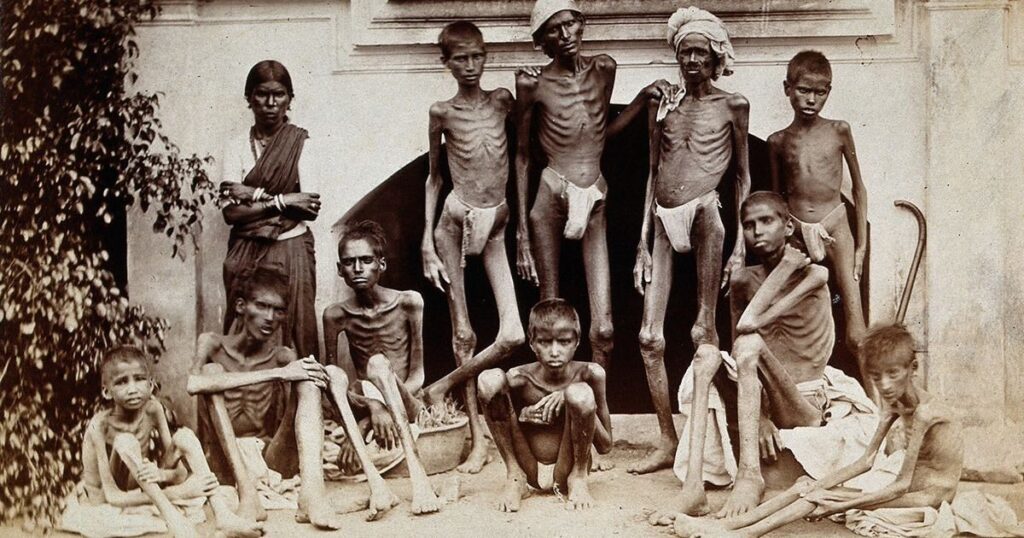
The British policies of exporting grains worsened the crisis. Already entrapped in communal violence and caste-based hatred, radical Indian intellectuals needed a support system to bring in social justice and equality and abolish the class structure. Therefore, Communism served a purpose in the country, forming the Communist Party of India, CPI, in 1925, made possible by the genius of M.N Roy, who was internationally active and made a connection between Indian struggles and global communist movements.
Recommended Reading: Marxism and Literature: A Brief Roundup
Favourite Quote from The Legends of Khasak by O.V. Vijayan
Time does not pass in Khasak. It stands still like a sentinel. Nothing changes here but the sky.
Conclusion
Ultimately, The Legends of Khasak by O.V. Vijayan explores class struggle and caste dynamics within the Indian socio-political landscape. Through its critique of capitalism and portrayal of marginalized voices, the book depicts the persisting relevance of Marxist theory in contemporary society.
Have you read this novel intersecting caste, class, and communism in Indian literature? We’d love to know your thoughts! Comment below and let us know.










